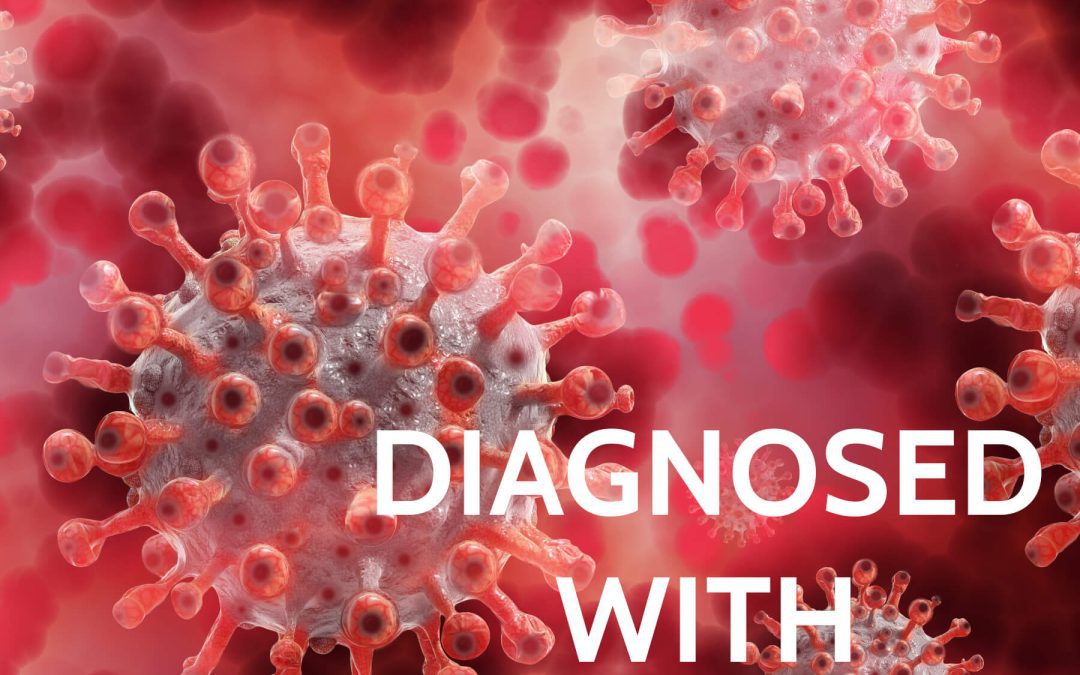
by compassion | Nov 3, 2025 | Uncategorized
As the holiday season begins, it’s easy to get swept up in festivities, food, family, and all the fun, but also the stress, sugar overload, and sleepless nights. You don’t need a complete lifestyle overhaul to feel good and stay well this season. Small decisions,...

by compassion | Mar 21, 2022 | Uncategorized
Caused by SARS-CoV-2 virus Common symptoms include: Fever Chills Body aches Fatigue Cough Sinus pain / pressure Headaches Loss of taste or smell Nausea Vomiting Diarrhea Most individuals who contract SARS-CoV-2 will recover without issues. However, individuals at risk...

by compassion | Mar 14, 2022 | Integrative Health & Wellness, Uncategorized
Infection of the skin Can be caused by bacteria such as staphylococcus aureus, beta-hemolytic streptococci Area on the skin is usually red, warm to the touch, swollen, area can be painful and sometimes purulent drainage can be present Most commonly present on the legs...

by compassion | Mar 7, 2022 | Uncategorized
Inflammation of the conjunctiva of the eye Common presenting symptoms are Redness Itching and sensation of something inside the eye Drainage from the eye Eyes maybe matted shot when first waking up Conjunctivitis can be cause by bacteria, viruses (including COVID) and...

by compassion | Mar 4, 2022 | Integrative Health & Wellness, Uncategorized
Wilbur is a 24 year old male who recently joined a local gym. He has packed on a few pounds over the past few months and his goal is to lose 10 lbs. He decides to go to a spin class which will be his first time ever attending such a class. He used to be a member of...

by compassion | Mar 2, 2022 | Integrative Health & Wellness, Uncategorized
Can be seasonal or year round Common symptoms include: Sneezing Watery eyes Red / puffy eyes Runny nose Stuffy nose Sinus pain / pressure Diarrhea Can be associated with asthma and eczema Allergens can include pets, roaches, dust mites, pollen, certain types of food...






